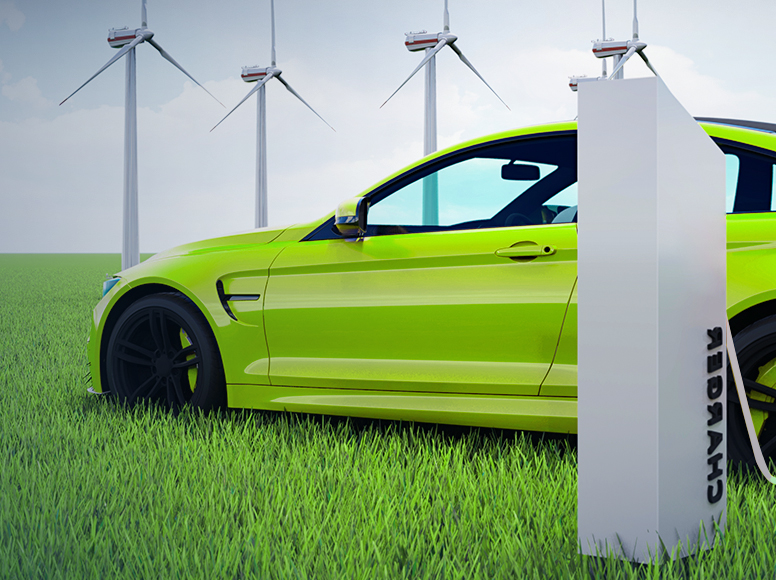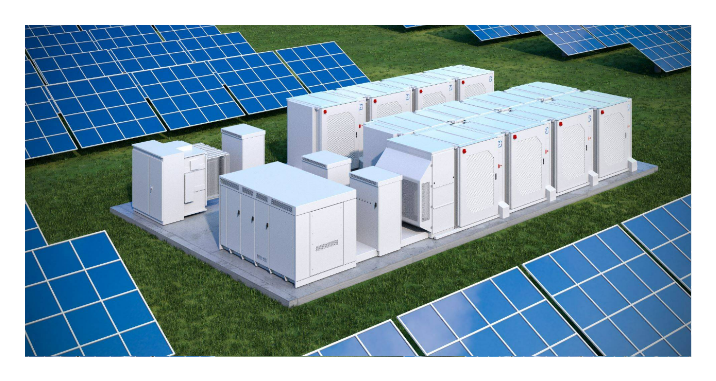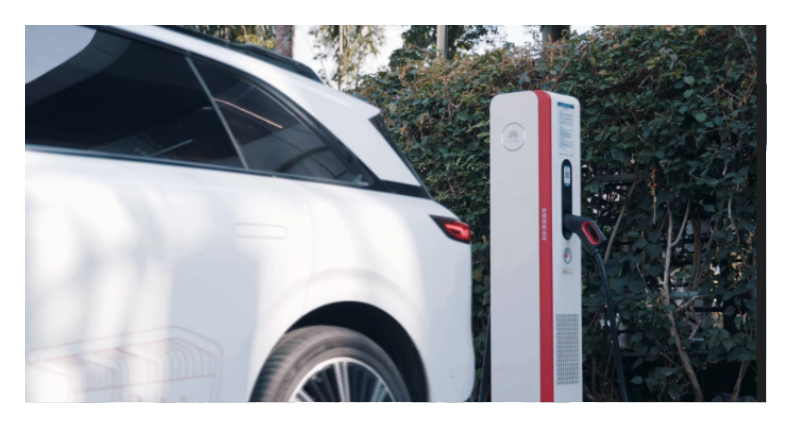Address:Fangzheng Microelectronics Industrial Park, No. 5 Baolong 7th Road, Longgang District, Shenzhen, Guangdong Province

Address:Fangzheng Microelectronics Industrial Park, No. 5 Baolong 7th Road, Longgang District, Shenzhen, Guangdong Province











